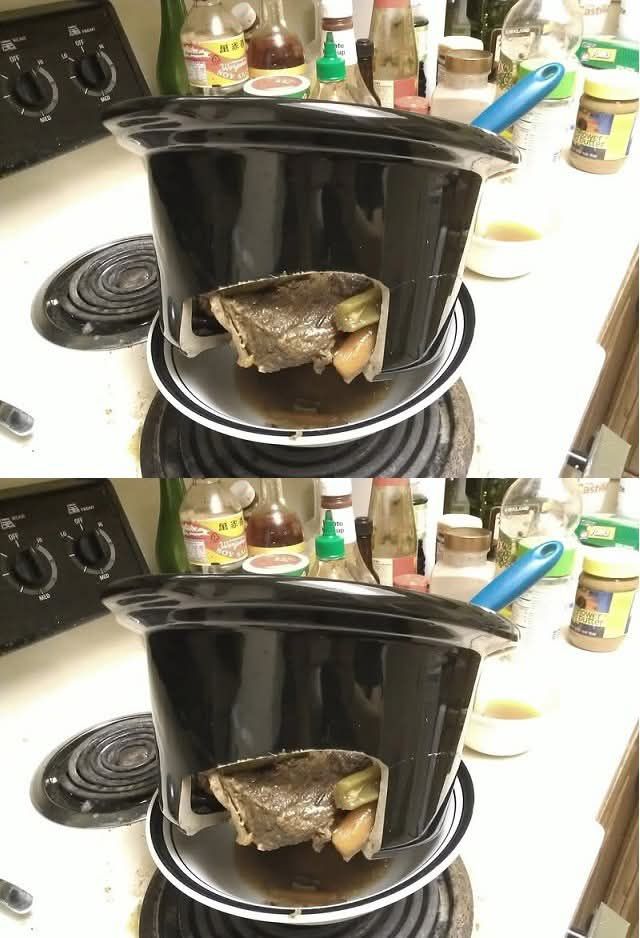ADVERTISEMENT
11 Foods You Should Never Put in a Slow Cooker
Slow cookers are a kitchen favorite for many, providing an easy and convenient way to prepare delicious meals with minimal effort. From hearty stews and tender roasts to comforting soups, the slow cooker can do it all. However, while the slow cooker is versatile, not all foods should be placed inside it. Some ingredients don’t fare well with the long, slow cooking process and can either lose their texture, become unappetizing, or cause other issues.
In this article, we’ll explore 11 foods you should never put in a slow cooker, along with reasons why they should be avoided, and alternative methods of preparation.
1. Dairy Products (Milk, Cream, Cheese)
Why to Avoid: Dairy products, especially milk, cream, and cheese, can curdle and separate when exposed to the prolonged cooking time and high heat of a slow cooker. The low, slow temperature causes the proteins in dairy to break down, resulting in a grainy or oily texture that isn’t pleasant.
Alternative: Instead of adding dairy at the beginning of cooking, consider adding milk or cream near the end of the cooking process. If you’re making a cheese sauce, stir in cheese during the last 30 minutes of cooking.
2. Seafood
Why to Avoid: Seafood, including shrimp, fish, and other shellfish, is very delicate and can become rubbery, tough, and overcooked in a slow cooker. The long cooking times required for slow cooking are just too much for seafood to handle.
Alternative: For best results, cook seafood separately, and add it at the end of the cooking process, when the slow cooker is turned off or just before serving.
3. Pasta
Why to Avoid: Pasta can easily become mushy when cooked in a slow cooker. Because pasta absorbs liquid and continues to cook for hours, it can break down and lose its structure, resulting in a soft, overcooked mess.
Alternative: Cook pasta separately on the stove and add it to the slow cooker during the last 30 minutes of cooking. This helps maintain its texture while still allowing it to absorb some of the dish’s flavors.
4. Boneless Chicken Breasts
Why to Avoid: While bone-in chicken (such as thighs or drumsticks) can stand up to the slow cooking process, boneless chicken breasts are prone to drying out. The lean nature of chicken breasts means they can quickly become tough and stringy after long cooking times in the slow cooker.
Alternative: Opt for bone-in chicken or chicken thighs, which have more fat and moisture and will remain tender during slow cooking. If you must use boneless breasts, try cooking them on low for a shorter amount of time or add them toward the
